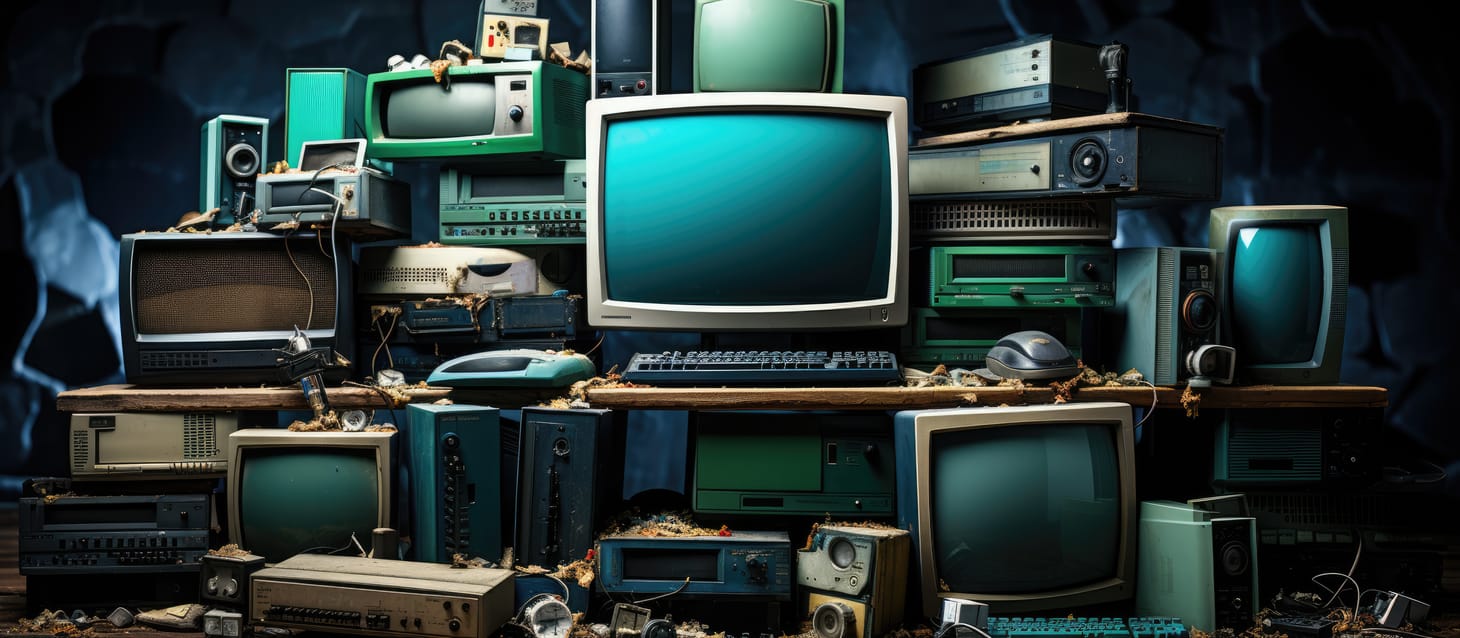Our Addiction to Innovation Novelty
In a world where the newest, shiniest gadget seems to hold the promise of happiness, we find ourselves trapped in a relentless pursuit of innovation novelty. This addiction isn't just about the thrill of the new—it's a cycle that leaves us always wanting, never satisfied.

In the constant chase for the next big thing, society has fallen into a cycle that feels almost like a high-speed treadmill - always moving, never arriving. This relentless pursuit of novelty lures us with the promise of happiness just beyond the horizon, yet leaving us perpetually unfulfilled.
The result is we have found ourselves in the throes of a subtle and pervasive addiction: the addiction to novelty, with a particular emphasis on innovation novelty. This phenomenon isn't merely about enjoying the latest trends or technologies; it's about an insatiable craving for the new, a relentless pursuit that often blinds us to the value of what we already possess.
Consider the spectacle of people camping outside stores, their eyes alight with anticipation, waiting to get their hands on the latest gadget. It's a scene that's become all too familiar, emblematic of a culture that equates newness with progress. Companies, fully aware of this hunger for the novel, ingeniously play into it. They create artificial scarcity, limit early access, and construct events and waitlists that do nothing but heighten our desire. It's a clever dance between supply and demand, where the allure of being one of the "chosen few" can prove irresistible.
But here's the rub: when does this attraction to novelty cross the line into addiction? Like any addiction, an obsession with innovation novelty comes with its drawbacks. It fosters a disposable culture where items are quickly deemed obsolete, exacerbating environmental issues through waste. It also fuels a cycle of perpetual dissatisfaction, where today's prized possession becomes tomorrow's forgotten relic. The psychological toll — constantly chasing a moving target that promises happiness but seldom delivers — can be profound.
The challenge, then, is not to eschew novelty altogether but to approach it with mindfulness. It's about recognizing the difference between genuine innovation that enriches our lives and fleeting trends that only serve to distract us. It's about valuing sustainability over disposability, substance over hype.
In our quest for the next innovation, we risk becoming like ships chasing the horizon, moving with great speed but arriving nowhere, mistaking motion for progress.
As we stand at the crossroads of consumption and conservation, it's time to take a hard look at our addiction to innovation novelty.
- Are we merely collectors of the new, or are we curators of the meaningful?
- Are we seduced by the allure of the next update, the latest model, the freshest trend?
The answers might just determine the quality of our lives and the legacy we leave behind.
So, let's inspire a shift in perspective. Let's celebrate innovation that offers real solutions, not just the illusion of progress. And most importantly, let's remember that sometimes, the most revolutionary act is to appreciate what we already have.



